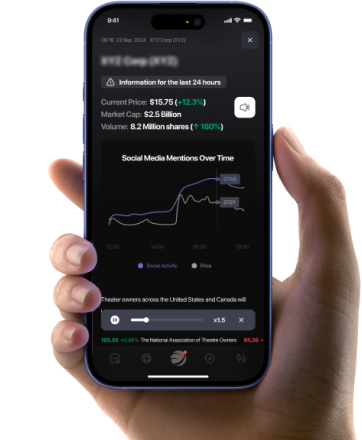2025 US Economy Outlook 'Cloudier Than Normal,' JPMorgan Says: Boom, Bust Scenarios

The U.S. economy could face a high-stakes, casino-like scenario in 2025, with risks swinging between a potential boom fueled by tax cuts and deregulation and a possible stagflationary bust triggered by policy uncertainty and trade restrictions.
This is the core message from JPMorgan’s chief economist, Michael Feroli, who laid out a sharply divided economic outlook shaped by the red sweep in the 2024 elections and the early policy indications from the incoming Donald Trump administration.
Dueling Narratives For 2025: Economic Boom Or Stagflation
In a note shared with clients earlier this week, Feroli presented competing narratives about the direction of the U.S. economy in 2025.
“One path sees tax cuts and deregulation unleashing animal spirits, thereby boosting productivity growth and GDP,” the economist wrote.
“The other path foresees policy uncertainty hindering growth, while trade and immigration restrictions impart a stagflationary bias,” he added.
Striking a balance between two extremes, JPMorgan projects a modest slowdown in growth to 2% in 2025, accompanied by a slight uptick in unemployment to 4.5%.
Feroli highlights that the U.S. Federal Reserve’s dual mandate of maximum employment and stable inflation faces a complex road ahead.
While inflation risks have moderated compared to two years ago, core PCE (the Fed’s preferred inflation gauge) remains stubbornly high, hovering in the upper 2% range. Simultaneously, the labor market is slowing but hasn’t bottomed in a way that assures confidence in avoiding further unemployment increases.
“Next year's outlook is cloudier than normal,” the investment bank wrote.
Policy and Tariff Risks on the Horizon
Immigration and Labor Supply
Immigration policy is expected to take center stage in 2025 under the Trump administration.
A reduction in net immigration could significantly dampen labor supply growth, employment gains, and overall GDP expansion.
JPMorgan projects that immigration restrictions will tighten labor markets, potentially curbing economic growth over the long term.
Yet, they “don't anticipate immigration policy will have first-order effects on inflation.”
Tariffs On China And Inflation Effects
On trade policy, JPMorgan assumes a 60% across-the-board tariff on Chinese imports will likely be implemented in 2025.
Tariffs on imports from other countries are expected to remain more limited in scope, though their potential introduction could further disrupt supply chains.
Currently, U.S. tariffs on Chinese goods stand at 11%. A steep increase to 60% would represent a dramatic escalation and could significantly strain the U.S.-China trade relationship.
While the broader economic impact is still uncertain, Feroli warns of inflationary pressures arising from such protectionist measures.
“Based on the volume of trade, the U.S. would be levying $215bn in taxes on Chinese imports and China would be levying just over $70bn in taxes on US exports,” he stated.
JPMorgan anticipates further progress toward the Fed’s 2% inflation target in 2025.
However, policies proposed by President-elect Trump, particularly higher tariffs on China, pose a risk of modestly higher inflation. The most significant impact is expected midyear, as increased tariffs could temporarily lift prices.
As a result, JPMorgan forecasts core PCE inflation to run at 2.3% by the end of 2025, before gradually aligning with the Fed’s 2% target in 2026.
The Fiscal Deficit: A Growing Challenge
Fiscal policy is also under scrutiny, as the U.S. budget deficit is projected to expand significantly in the years ahead.
The Trump administration and a Republican-controlled Congress are expected to extend the 2017 Tax Cuts and Jobs Act (TCJA), whose personal income tax provisions are set to expire at the end of 2025.
“We expect essentially all the current tax code will be extended, which we project will mean a federal fiscal deficit of around 7% of GDP in 2026, at a time when we are at full employment and not directly involved in a war. The vagaries of the business cycle and geopolitics both skew risks toward a wider deficit,” Feroli said.
Read Next:
Image created using artificial intelligence via Midjourney.
© 2024 Benzinga.com. Benzinga does not provide investment advice. All rights reserved.
Breaking news
See all






